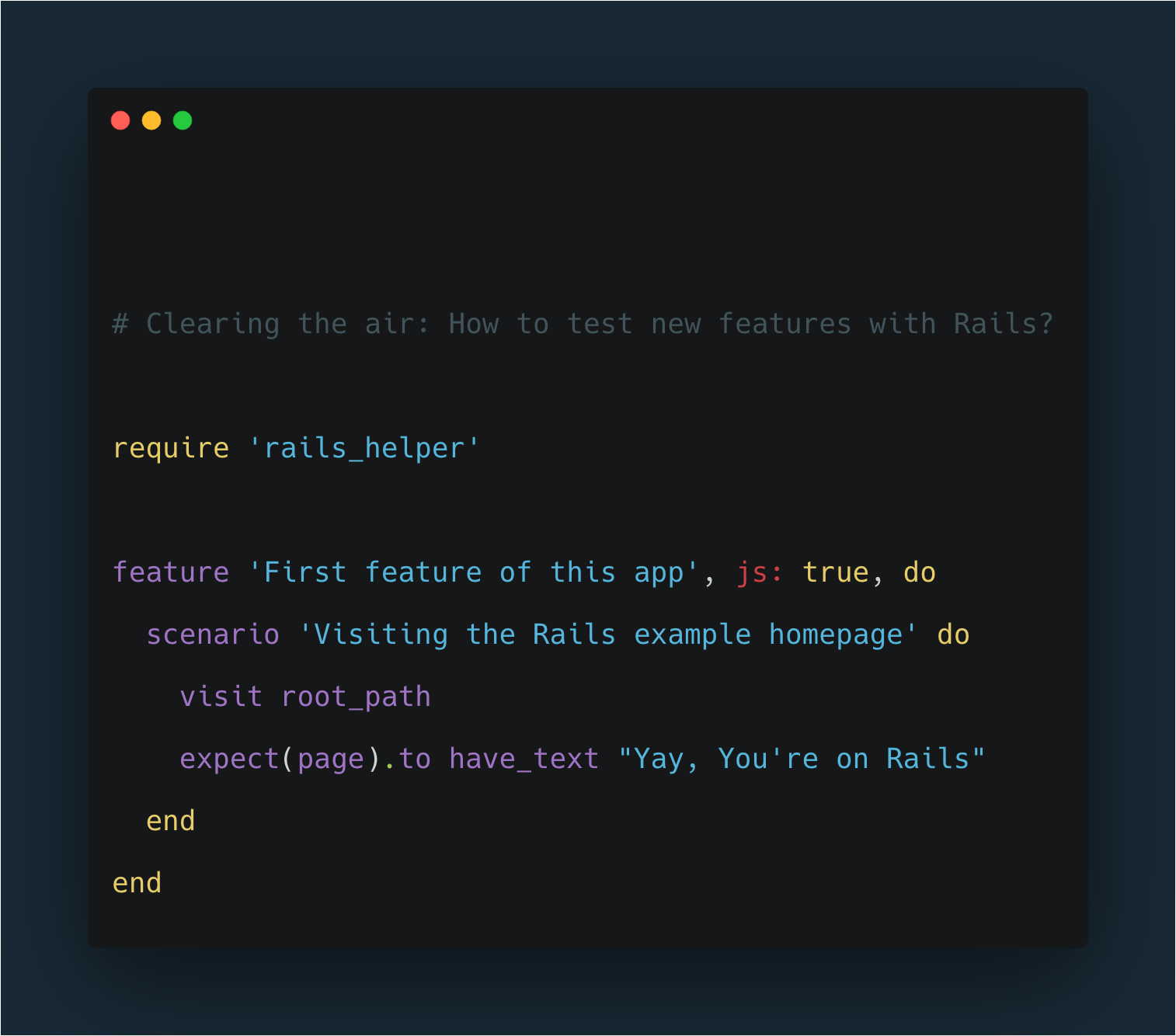When we launch a product, we expect a certain level of success. But we need a point of comparison to understand what are the metrics with which we can measure that success. A starting point is to explore the market before starting to build your product so you can better understand what has worked there before, what hasn’t worked, and who leaders providing a similar or same product as yours are.
Analyzing the reasons why a product is successful and how the user experience affects the use of another product can save a lot of time and money when planning development of a digital product.
You can reach a very good amount of information and findings to make proven-data decisions with a relatively simple and affordable research method: UX Competitive Analysis
What is UX Competitive Analysis?
A UX competitive analysis offers the possibility of interpreting your position against the competition in several aspects such as usability. The evaluation of multiple competitors allows us to provide quantitative and qualitative information that helps us make sound design decisions.
What benefits will you get conducting a UX Competitive Analysis?
Carrying out competitive assessments as a continuous process, can offer multiple business benefits by having insight into the competitive landscape such as:
- Finding and solving usability issues.
- Approaching a data-driven design process
- Understanding where your product or service stands against your competitor’s strengths and weaknesses.
- Being aware of trends in your industry and making early and informed decisions.
- Getting creative inspiration for solving design problems
When is it best to carry out a UX Competitive Analysis?
It can be carried out during the early planning, either for a new project or as support to the decision-making of a redesign. It can be independent of a project cycle, or with a more focused approach in order to help with the objectives for a specific release.
How a UX Competitive Analysis is done?
A recommended practice is to track the competition’s user journey of products and services, and finding matches with what you are offering.
1. Define your goal
Define the criteria of what you will look for during your reviews. What is the problem? What are the goals of the organization? Are there any hypotheses or previously discovered assumptions? The criteria must be specific and measurable
2. Select your competition
Ask your client and business stakeholders about their competition, but also consider doing research based on features that you want to compare and look for alternatives that users might have even in different industries.
On average, it is recommended to evaluate between five or ten of your main competitors.
Create a list of direct and indirect competitors in a Google Spreadsheet indicating important information such as URL, Purpose of the site, Visiting statistics and others, Access codes if necessary, etc.
3. Start Reviewing
Start by creating a competitive analysis matrix with all the defined criteria and a list of competitors. The criteria could be identifying a few key usability heuristics, such as: How much freedom and control do users have within the system? Does the system have consistent copy, terminology, and design? What type of help, troubleshooting assistance or documentation is there?
Then, one at a time, go down the criteria list while searching the application and filling your answers. As you review, write notes about what you like, what bothers you, and the interesting features you see. Also, you can take screenshots of whatever seems interesting or relevant.
A recommended practice is to track the competition’s user journey of products and services, and finding matches with what you are offering.
Other things to consider:
- The tone and copy of the competitor
- Good and bad characteristics
- Customer Reviews
- Wait / load times
- Customer service
- Design
4. Analyse and summarize
Create an executive summary of your findings and the impact of this information: the impact is what can be transformed into actions which can transform the business. Some of the results of the criteria can be translated into summary tables and graphs to better illustrate the information.
Identify and list design opportunities based on the shortcomings of your competitors and your own.
5. Present results
After you have compiled your research, analyzed it and synthesized the information into actionable insights, present your results using a PowerPoint/Google presentation. You can even calculate the ROI of your UX activities to add weight to your findings.
The takeaway
Conducting an audit of your product’s user experience should not be taken lightly, it is a process that can take time and money. But the benefits are easily quantifiable and can generate significant changes driven by validated data to see increases in both user satisfaction and return on investment.
Do you want to know more about this UX Design methodology?, or do you need an expert agency to conduct a complete and extensive analysis for your product? Contact us at MagmaLabs and a sales representative will be available to assist you.
If you enjoyed this post, I’d be very grateful if you’d help it spread by emailing it to a friend, or sharing it on Twitter or Facebook. Thank you!





